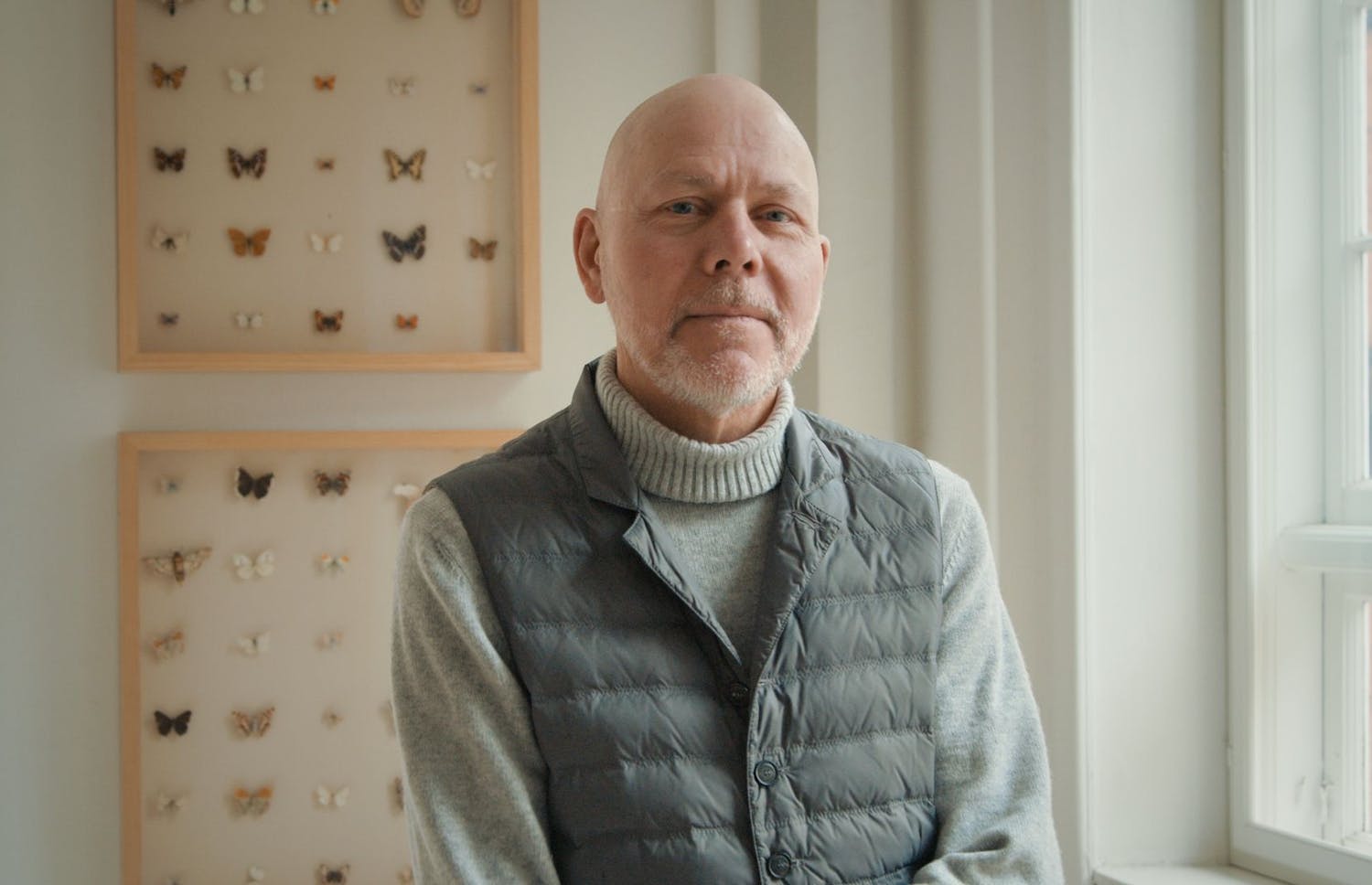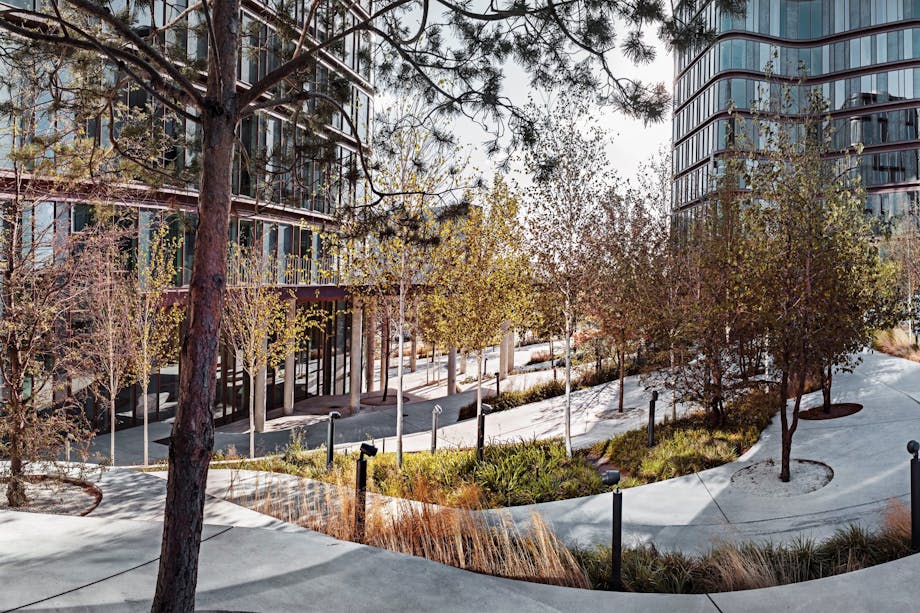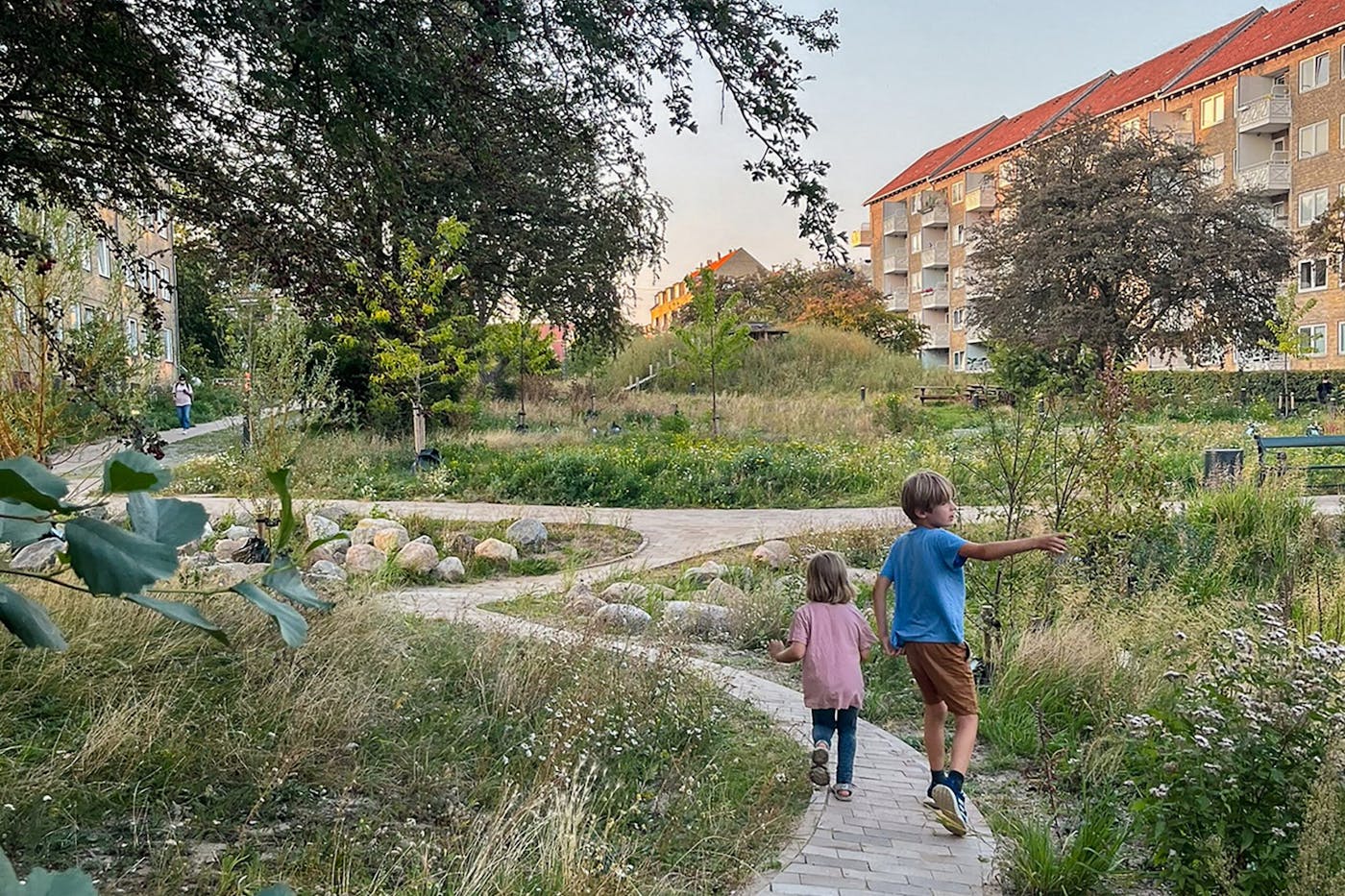
What if the city isn’t broken because of noise or pollution – but because it has lost its meaning? And what if the true green transition doesn’t start with energy systems but with our senses?
In his new op-ed in Byrummonitor, SLA’s founder Stig L. Andersson argues that the current crisis of civilization – from climate breakdown to mental health — is rooted in how we’ve designed our cities to disconnect us from nature.


We are in the midst of an epochal transformation. Our civilization is in crisis.
The symptoms are many: a destructive climate, irreversible loss of biodiversity, and a mental health crisis. These are not separate problems. They are symptoms of a fundamental rupture in how we have structured our societies.
The abstract idea that the city is for humans has, over millennia, disconnected us from nature’s processes and phenomena. The result is a civilization in deep crisis.
Instead of seeing nature as a problem to be kept out by force and tamed into harmless decoration, we must begin to understand nature as the fundamental cohesive force of society.
The so-called ‘green transition’ focuses on technological innovation and energy efficiency to meet our ever-growing demand for energy. But this is not a green transition. A true green transition requires a radically new acceptance and understanding of what it means to live, love, and thrive in community with other living species and systems.
Cities Create Meaninglessness
In my new book Critique of the Aesthetic Feeling for Nature, I argue that the city of the future must be based on the human body’s concrete experience of nature – what I call the aesthetic feeling for nature.
It is the ability to sense, understand, and resonate with the nature-based qualities of our surroundings: light, sound, materiality, humidity, scent – in short: all life. It is a sensuous and embodied form of recognition that is not only about beauty, but about meaning – about being connected to a living world. Yes, about being nature ourselves.
The aesthetic feeling for nature is not decorative. It is fundamental. Without it, we cannot understand why our cities aren’t working, and why they are not truly for humans.
Without the aesthetic feeling for nature, we have designed and planned cities that ignore the most fundamental human needs – needs for presence, biological richness, and sensory complexity.
When people suffer in cities, it is not only because of noise or pollution – it is because our cities have become meaningless. They do not support the life they were built to house.
Let Go of Planning’s Distant Logics
The problem is that mainstream urban development is still driven by outdated ideas of control, predictability, production efficiency, and economic gains – all aimed at separating us from nature and turning it into a utility for our use.
We believe this will make our lives easier and more comfortable. We think this kind of urban design will make us whole, and that a designed life is better than the one nature can offer.
But we have forgotten that the further we move from nature and our origins, the more we lose our identity. As I see it, the purpose of design is to bring us ever closer to nature – so that we no longer speak of “it” and “us,” but of a “we.”
We must replace the distant logics of the planning system with an aesthetic recognition of how nature and city actually feel and function in practice. This is not an invitation to sentimentality – it is a demand to make the aesthetic feeling for nature the central planning parameter for future society.
The city that will emerge from this approach is not just radically different from the one we know. Its expression is unpredictable, because we have not yet seen it and cannot imagine how it will look. And that does not matter. What matters is that we can judge the new city by whether it works: whether it meets our basic and fundamental human needs – and whether it gives us the life we long for.


The City That Feels Like a Forest
At SLA, we have for more than 30 years worked towards a new design practice where the grown and the built coexist as equals, integrated into every part of the city’s physical, social, and economic functions. We have documented how nature-based design solutions not only strengthen biodiversity and climate resilience but also improve people’s quality of life, health, and social relations. It works – when nature is given real space, real significance, and when it is done together with those who live in and around it.
At this weekend’s Bloom Festival in Copenhagen, I discussed this with the Italian philosopher Emanuele Coccia.
We share a conviction: Aesthetics is not surface. It is ground. When we feel that something is meaningful – in our bodies, in the city, in nature – it is precisely because it resonates with a deeper understanding of being one with nature. This is where the green transition must begin.
As mentioned, we do not yet know exactly what the radically nature-based city will look like. But we know what it will be built upon: relationships. Between people, species, processes, and places. It demands a new urban planning in which the aesthetic feeling for nature – not as decoration, but as a mode of recognition – comes first.
Only then can we design the city of the future: the city that feels and functions like a forest.
Perspectives

Cities are bad for us. Let's fix them
Cities can be inspiring places that bring out the best in us. But they’re often concrete jungles that make us ill and are still designed around the automobile. What if they were places in which you could thrive rather than simply survive? Another model is possible, writes Rasmus Astrup in the December 2024 issue of Monocle.
